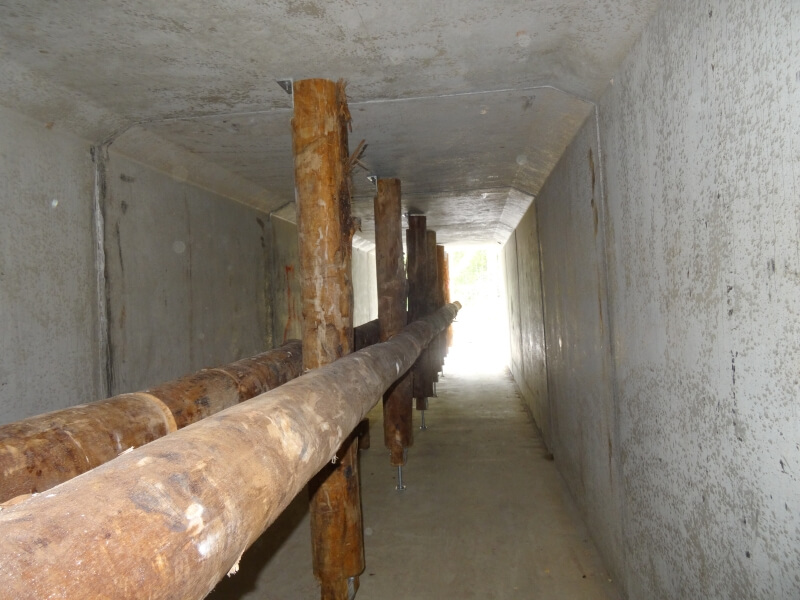Fauna Crossing
Fauna Crossings manufacture and install 3 different types of fauna crossings, Flat Rope, Box Rope Cage and Aluminium Flat Crossings.
The three types of fauna crossings are:
- Flat Rope Ladder Crossing – the flat rope ladder has been designed for the various species of glider and ringtail possum.
- Box Rope Cage Crossing – this crossing is made in such a way that the marsupials are able to glide and land on the top parts of the box. As a rule they would mainly move across the top section of this box cage and when in danger from predators they quickly dive into the box using the cage as protection.
- Aluminium Flat Crossing – Designed for longer life (for more details contact David on 0413 940 722).
Flat rope ladder and boxed rope cage crossings are the preferred fauna bridge crossings.
Rope ladder fauna crossings can be 50 to 80 metres long and are made in 10 metre segments for easier installation.

We also offer:

Glider Poles
These poles are usually erected for the sugar glider, squirrel glider and also the endangered mahogany glider. The glider poles are for the gliders that do not run along the ground but live in the trees and glide from tree to tree.

Log Culvert Underpass
We specialise in log fauna culvert underpasses which are suitable crossings for koalas and various other species to gain access underneath roads to reach valuable habitat on the other side. These culverts greatly help in the reduction of roadkill by keeping our animals off the roads.

Nest Boxes
These are an important aspect to wildlife conservation and are built especially for animals to nest in. These boxes are manufactured from plywood which has a “FSC” (Forest Stewardship Certification) or CYPLAS (Queensland Cypress and 100% recycled plastic) and are placed in trees to replace natural hollows.
At Fauna Crossings, we are committed to ensuring ‘best practice’ in researching and testing different solutions to wildlife crossing infrastructure. Our goal is to tailor each type of crossing to the specific species in various landscape contexts.We also take into consideration, new solutions to the construction and material of these structures, based on changing wildlife movement patterns due to changes in habitats, climate or other factors.
Welcome to Netting.com.au. With over 22 years of invaluable experience working in the netting industry, we have enabled our professional team to provide netting solutions to companies and individuals around the World.

